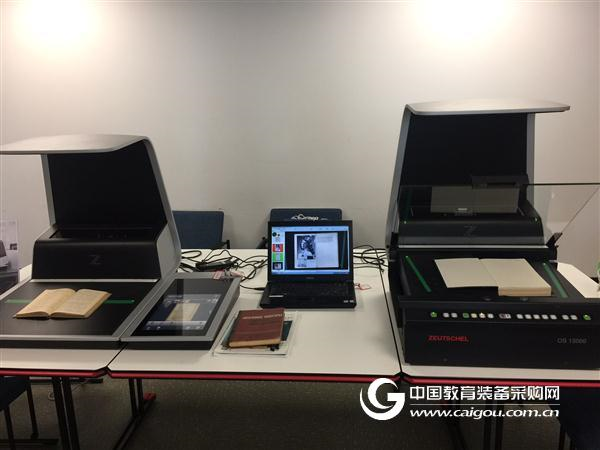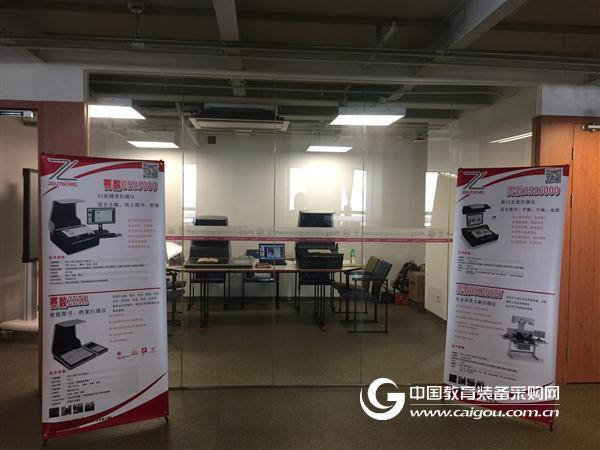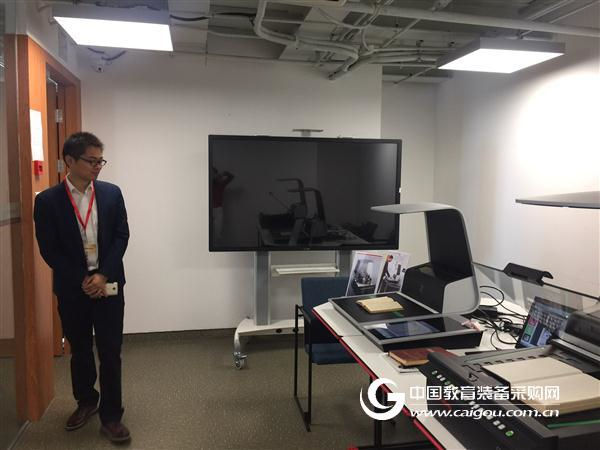There are two main types of ancient books protection: one is primary protection and the other is regenerative protection.
– Original protection refers to the restoration, reinforcement and improvement of the collection environment of ancient books without changing the original carrier;
– Regeneration protection refers to the use of books, scanners, book scanners, automatic book scanners, ancient books and magazines scanners, miniature equipment, etc., through the digital processing of batch files, copying or transferring ancient books to other carriers to achieve ancient books. Long-term protection and effective use.

Digitization of ancient books
The digitization of archives is an important means of regenerative protection of ancient books; the digital processing of ancient books archives belongs to the category of ancient books, which represents the future direction of ancient books.
"Digitalization of ancient books" refers to the digital processing of ancient books by means of book scanners, book scanners, ancient books scanners, and miniature equipment, which are converted into electronic data forms and stored and transmitted through media such as optical disks and networks.
The digital processing of ancient books in China has experienced three stages of construction: database version, CD-ROM version and online version. The database version of ancient books includes two forms: bibliographic database and full-text database. The CD-ROM version of the ancient books generally has three types: image version, full-text version and graphic version. The online version of ancient books mainly distributes digital ancient resources on the Internet for free or for free for Internet users. This is the main goal of digitalization of ancient books.
The digitization of ancient books is the reproduction and processing of the contents of ancient books or ancient books. It belongs to the category of ancient books and is part of the arrangement of ancient books.

The status quo of digital processing of ancient books
The digitization of ancient books began in the United States, where computer technology was developed. In the late 1970s, OCLC and RLIN successively released databases such as Zhu Xi University's Chapters and Indexes, Wang Yangming's Biography Index, and Dai Zhen's Good Index. After the 1980s, China's Taiwan, Hong Kong and the mainland were only The Chinese digital book processing project has been started.
Digital Project of Ancient Books Archives in Taiwan
Taiwan has developed a large library of ancient books from the 1980s. In 1984, the Central Research Institute of Taiwan began! The History Automation Plan!, plans to develop the "Twenty-five History (Full-text Database)" full-text database, and on the basis of it gradually increased the "Engraving Thirteen Classics" and other projects expanded into "Handian full-text retrieval system" including a variety of classic ancient books. In 1989, the Central Research Institute of Taiwan proposed a number dictionary collection plan! The digitization of ancient books, including rare books, Jinshi rubbings, ancient books, and Taiwan local documents, have a certain influence. In 1993, Prof. Luo Fengzhu from Yuanzhi University first developed! The "Dream of Red Mansions" online teaching research data center!, "Full Tang Poetry", "Full Song Ci" ancient resources library. Later, the Taiwan Sinology Research Center produced! The rare book series video pilot system!, the China Electronics Buddhist Association Association! Online and journal newspapers.
Hong Kong Ancient Books Archives Digital Project
Since 1989, the Chinese Culture Institute of the Chinese University of Hong Kong has carried out research work on the database of Chinese classics. The Chinese Culture Research Institute has also been formally established! (CHANT Center), and has successively launched the "Verbatim Index of Ancient Books of Pre-Qin and Han Dynasties". "" and "Handa Ancient Books Database Retrieval System".
Mainland Ancient Books Archives Digital Project
Since the 1980s, the digitalization of ancient books has begun to appear in the mainland, but research and results have been few. Until the 1990s, with the intervention of the popularization of computer technology in China, the prototype of the archival of ancient books was digitalized. After the mid-1990s, the National Library developed a large-scale digital project of archaeological documents of ancient books, such as the inscriptions on the inscriptions, the Xixia broken gold, the Dunhuang relics, the digital chronicles, and the Oracle and Yongle Dadian. Peking University's "China Basic Ancient Books CD-ROM Library" plans to include 10,000 ancient books. Dizhi Culture Publishing Co., Ltd. and Shanghai People's Publishing House launched the full-text search version of Wenyuange's "Siku Quanshu". Shutong Digital Technology Co., Ltd. launched a full-text search version of the "Four Series". Guoxue Company launched a series of products such as “Guo Xue Bao Dianâ€. By the end of 2004, there were more than 70 Chinese ancient books databases available online. The CALIS project hosted by Peking University and the CANAL project of the Nanjing University Library have achieved initial results.

Problems in the digitization of ancient books
1 Lack of overall planning, serious construction
2 The purchase of documentary and book scanners, book scanners, automatic book scanners, ancient books and scanners, and the purchase of microfilm devices have become two major problems that restrict the digitization of ancient books.
3 Ancient books finishing technology results have not been fully utilized
4 Search technology needs to be improved
5 The number of file digitized file formats is large and not uniform
6 The knowledge of talents is not comprehensive and it is difficult to adapt to the digitization of ancient books.
The future development trend of the digitalization of ancient books
1 Organize the digitization of ancient books by digital library mode
2 Establish an automatic completion integration system for ancient books
3 Search system and support system research will become the focus
4 The state plans overall planning for the archaeological resources of ancient books and increases capital investment.
5 Talent training is imperative
6 International cooperation in the archaeological project of ancient books will be the goal of future development
Anti Bacteria Homogeneous Vinyl Flooring
Anti Bacteria Homogeneous Vinyl Flooring,Anti Bacteria Homogeneous Flooring,Anti Bacteria Waterproof Vinyl Flooring,Anti Bacteria Homogeneous Flooring Plank Flooring
Hangzhou LvDong Building Materials Co., Ltd , https://www.ldunite.com